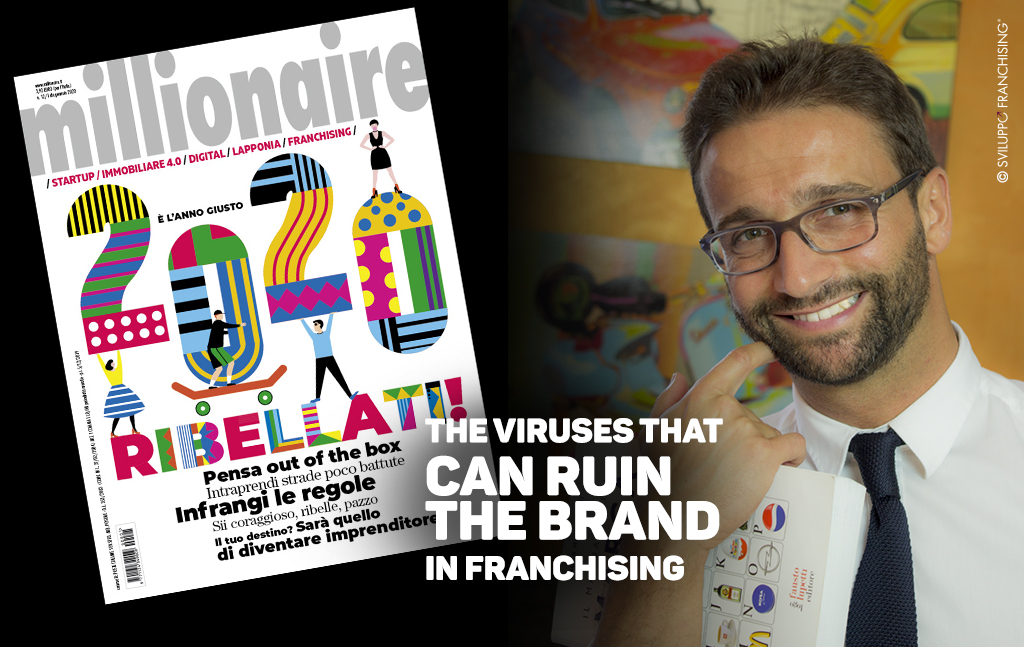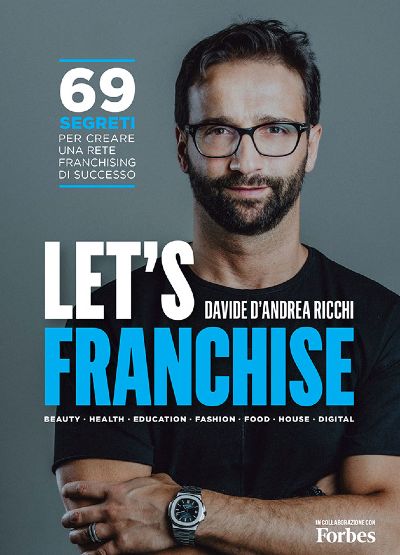
The risks of the brand in franchising
Any franchising project starts with a brand. Not surprisingly, the franchising system is based on two essential pillars: the license to use a registered trademark and the existence of a unique know-how to transfer to affiliates.
Therefore, a good franchising system must be able to protect these two essential pillars, otherwise, there could be a possible implosion.
In this analysis, I would like to focus on the issues that threaten the health of the brand and, consequently, a franchised brand. Henry Ford argued that “two things do not appear in a company’s balance sheet: its reputation and its men, the latter if not as a cost item.” However, today no one can deny the market value that a company can acquire in terms of brand reputation and brand equity, which, in some cases, can justify lucrative exits even with red balance sheets (see the Grom case).
But beware! The growth path of a brand is not immune to risks and dangerous temptations. What traps can a franchising brand management expose itself to? Have you ever heard of “parasitic sources”? Let’s see what they are and how they can weaken a brand, depriving it of its value in the market and/or compromising its positioning.
A good franchising system should not only legally protect its brand or solely advertise to increase its visibility and strength but should also pay attention to its strategic and commercial management.
According to Kapferer, there are threats to the health of the brand, which he identifies as “parasitic sources”; let’s get to know some of them.
Mimicry
The practice consists of me-too or look-alike behaviors, i.e., systematic imitation of the competitor (the leader) by another brand (follower). The follower replicates the competitor’s appearance (external similarity strategies), key advertising themes, distinctive benefits, technological and product innovations. It is mainly in the field of communication that the practice of mimicry generates its most deleterious effects. Using the same language, the same tone of voice, the same grammar as the competitors leads to a significant blurring of the image, which will be less distinctive and lacking in representativeness. In the world of franchising, this risk is always latent. Trying to imitate a reference point (as can happen, for example, in the world of pizzerias, burger joints, sushi) risks not creating a true brand identity.
The seduction race
It is a concern focused on the need to acquire a pleasing image. The seductive brand is swept along by waves of fashions and trends, without having its own coherence and identity. This type of brand has been defined by Krapferer as opportunistic and demagogic. The fashion sector has been dominated by the logic of seduction, through advertising campaigns with a glossy, seductive, cool look. However, it lacks real distinctiveness compared to competitors. Because in the end, they all tell the same story. The franchising world is very sensitive to this seduction, and it is no coincidence that “trends” are often talked about even in the types of formats sold (an example? The spread of poke or burger joints, but I could mention dozens).
Phantom identity
The brand of the phantom identity is one that communicates an ideal but not real self; it reveals itself over time, after the communication has been too far from the truth. The commercial promise expressed by the brand must never stray too far from what it actually can deliver to its target.
Extension flop
When a brand decides to undertake a product strategy in a new merchandising sector, far from its core business, it capitalizes on its identity to increase profits. But if the leap is incongruous, the brand image will suffer negatively. In franchising, an example is the world of capsule stores. Starting from the sale of coffee capsules and pods, we ended up with stores selling tea, water, beverages, tableware. Why is this? To maintain interesting sales volumes by expanding the product portfolio. However, the brand that extols the centrality of coffee risks being perceived as weak because it inherently suggests that the core business alone is not enough to support the model.
Unreasonable brand stretching
We are talking about those cases where the brand that historically is recognized for one product/service ventures into completely different sectors; these are delicate operations, full of possibilities and often very successful, but also fatal and fraught with dangers. While on one hand the brand can become a real multiplier of value, an alchemical transmutator, because if well managed it works like a philosopher’s stone, on the other hand, it does not transform everything into business. Its development is associated with the progressive emancipation of intellectual property from the products it identifies. It is a procedure of widespread and often successful diffusion, preferred by companies to internal production; however, without coherent positioning choices and a fundamental strategy, it can be risky and a parasitic source. It consists of licensing the use of a trademark to another company, in exchange for payment of royalties. The owner of the trademark as intellectual and registered property is responsible for maintaining a uniform treatment of the licensed property; this means establishing image and quality standards that will guide those who will apply them to other product categories. In franchising, licensing is more frequent than you might think. It is the solution for those who do not have all the requirements to become a franchisee but still have the basics of know-how embodied in a brand. In this analysis of the risks “around the corner,” one true imperative can be inferred: think of a development strategy. Remember that franchising is neither a sector nor a product but a system and as such, whoever approaches it must know its mechanisms and structural elements, as the brand is precisely.





